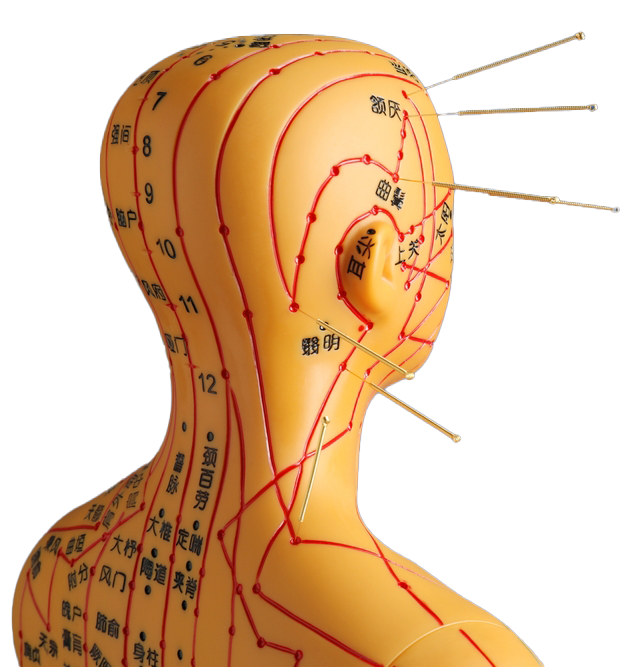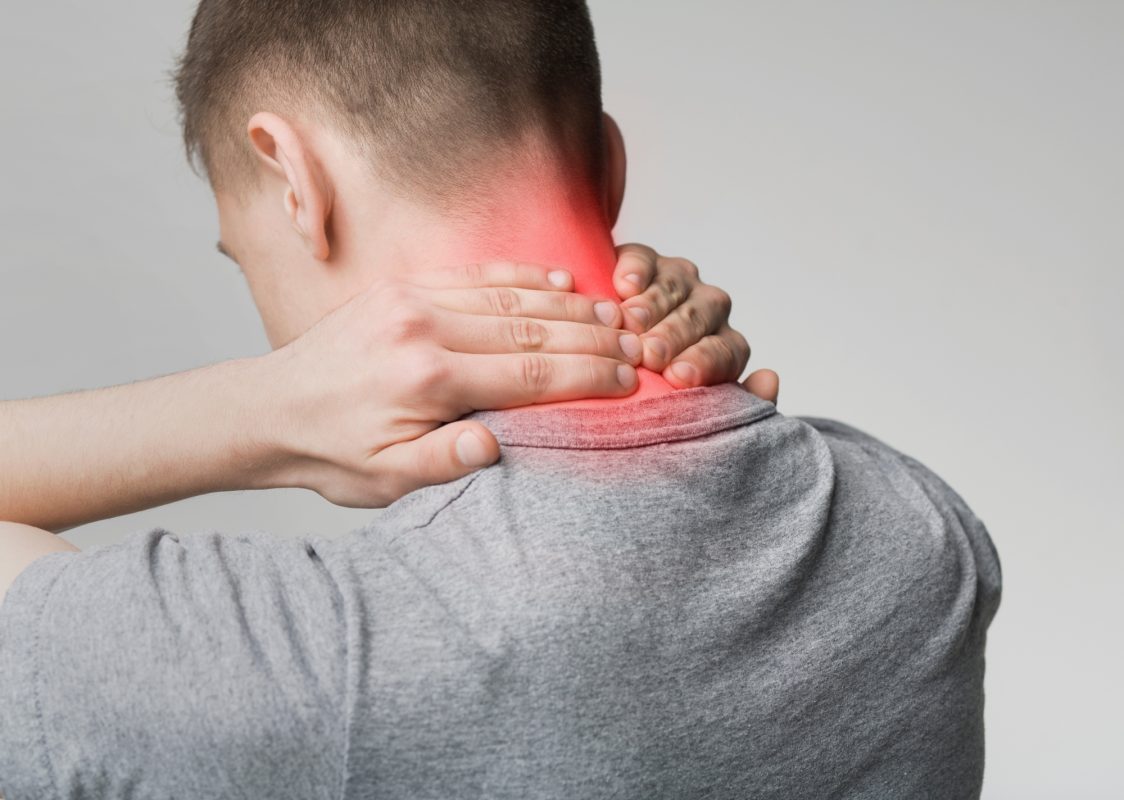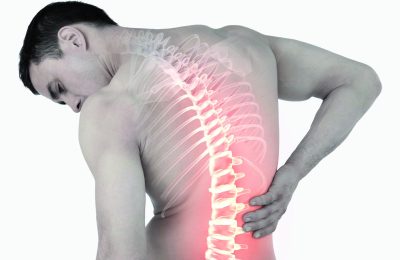- Facet joint Radiofrequency Thermocoagulation (RFT) Treatment
- Radiofrequency Thermocoagulation Dorsal root ganglion (DRG) radiofrequency thermocoagulation (RFT)
- Discitis Procedure
- Sacroiliac Joint Radiofrequency Treatment (Simplicity)
- In-Disc Ozone Therapy
- Nucleoplasty
- Transforaminal Injection (Pinpoint)
- Facet joint block
- Epidural Injection
Neck pain
- Home
- Neck pain
Contents
Toggle- Creating an individualised treatment plan
- The role of different specialities (physiotherapist, orthopaedist, psychologist, neurosurgeon)
- Pain treatment during pregnancy
- Treatment of chronic pain in the elderly
- Pain management in children
- Stress management
- Healthy eating
- Ergonomic living arrangements
- Exercise and mobility
- Facet joint Radiofrequency Thermocoagulation (RFT) Treatment
- Radiofrequency Thermocoagulation Dorsal root ganglion (DRG) radiofrequency thermocoagulation (RFT)
- Discitis Procedure
- Sacroiliac Joint Radiofrequency Treatment (Simplicity)
- In-Disc Ozone Therapy
- Nucleoplasty
- Transforaminal Injection (Pinpoint)
- Facet joint block
- Epidural Injection
- Cancer pain
- Permanent Epidural / Spinal Port Application
- Vascular Port (Permanent Vascular Access)
- Trigeminal Nerve RFT
- Blockade of Ganglion Stellatum
- Lumbar Sympathetic Ablation
- Facet joint Radiofrequency Thermocoagulation (RFT) Treatment
- Radiofrequency Thermocoagulation Dorsal root ganglion (DRG) radiofrequency thermocoagulation (RFT)
- Hernia Burning (IDET)
- Discitis Procedure
- Sacroiliac Joint Radiofrequency Treatment (Simplicity)
- Permanent Epidural / Spinal Port - Pump System
- In-Disc Ozone Therapy
- Nucleoplasty
- Peripheral Nerve Block
- Transforaminal Injection (Pinpoint)
- Facet joint block
- Epidural Injection
- Intra-articular Fluid Treatment
- Dorsal root ganglion (DRG) radiofrequency thermocoagulation (RFT)
- Spinal cord stimulation (pain pacemaker)
- Ergonomic living arrangements
- Spinal cord stimulation (pain pacemaker)
- Nucleoplasty
- Radiofrequency ablation
- Herbal solutions
- Dry needle treatment
- Anti-ageing treatments
- Ozone therapy
- Cupping therapy - Cupping
- Mesotherapy
- Prolotherapy
- Acupuncture
- Stem Cell Therapy
- Nerve blockages
- Corticosteroid injections
- Massage and relaxation techniques
- Manual therapy
- Electrotherapy
- Neuropathic pain medications
- Anti-inflammatory drugs
- Muscle relaxants
- Painkillers (paracetamol, ibuprofen, etc.)
Neck pain is a common discomfort that many people encounter in daily life. Modern habits such as sitting at a desk for a long time, working in front of a computer or using a phone or tablet play an important role in increasing neck pain. In addition, posture disorders, stress, inappropriate pillow / mattress use during sleep and even incorrect exercise can cause neck pain. Below is a more comprehensive overview of neck pain:
Common Causes of Neck Pain
- Muscle Tension and Posture Disorder: Sitting or standing in the wrong position for a long time; spending hours in a position where the head is tilted forward (mobile phone, computer use, etc.).
- Hernias or Disc Problems: Slipping or wear and tear in the discs between the vertebrae (such as cervical hernia) can cause pain by pressing on the nerve roots.
- Calcification (Osteoarthritis): It is common to experience stiffness and pain in the neck area as a result of wear and tear of the articular cartilage with age.
- Muscle stiffness or spasms: Sudden movements, sleeping in an inverted position, exposure to cold can lead to muscle stiffness.
- Trauma or Injury: Cervical vertebrae and soft tissues can be damaged in an accident, fall or impact.
- Stress: Psychological or emotional stress increases muscle tension in the neck and shoulders, leading to pain.
Symptoms and Considerations
- Persistent or Recurrent Pain: The pain may be mild or severe, momentary or prolonged.
- Movement Restriction: Difficulty turning the neck sideways, forwards or backwards.
- Headache: Tension-type headache, especially radiating to the back of the head.
- Numbness or Tingling: In cases such as cervical hernia, numbness / tingling may be seen in the arm or hand.
- Muscle Weakness: If there is nerve compression, loss of strength in the arm muscles may be noticed.
Diagnostic Methods
If further investigations are needed for neck pain:
- Physical Examination: Evaluation of posture disorder, muscle stiffness, control of tender points and spinal range of motion.
- Imaging Techniques: X-rays, magnetic resonance imaging (MRI) or computed tomography (CT) of the neck can be used to detect conditions such as disc problems, herniated discs or arthritis.
- Nerve Conduction Tests: Nerve and muscle function can be examined with tests such as electromyography (EMG) in suspected nerve compression or damage.
Treatment and Preventive Measures
- Rest and Hot/Cold Application: Applying hot or cold compresses to the painful area regularly on the advice of a doctor can reduce muscle tension.
- Physiotherapy and Exercise: Exercises with a specialist help to strengthen the neck muscles, correct posture and relieve pain. In addition, manual therapy (performed by a physiotherapist or chiropractor) can improve mobility in the neck joints.
- Posture Correction: If you work at a desk for a long time, it is very important to use an ergonomic chair, position the monitor at eye level, take regular breaks and do neck exercises.
- Medication Therapy: Anti-inflammatory drugs (NSAIDs) or painkillers can be used to relieve pain and inflammation. However, long-term use of such drugs requires a doctor's advice and follow-up.
- Massage and Stretching Exercises: For mild neck pain, professional massage techniques or stretching movements recommended by specialists can provide relief.
- Stress Management: Stress-reducing activities such as yoga, pilates or meditation are useful in preventing neck pain caused by tension.
- Surgical Intervention: If the pain is severe, such as hernia, nerve compression or degeneration, surgical options may be considered as a last resort. In these cases, the decision is discussed with orthopaedic or neurosurgical specialists.
Simple precautions that can be taken in daily life
- Keeping the Phone and Tablet Close to Eye Level: Constantly keeping the neck in a bent position is a very common problem. Minimising the forward tilt of the head reduces the load on the neck muscles.
- Ergonomic organisation in front of the computer: Correct chair height, screen position and wrist-knee-elbow angles.
- Frequent Breaks: When working at a desk or in a fixed position, take a short break every 30-45 minutes and do neck-stretching exercises.
- Choosing a Suitable Pillow and Mattress: To take care to sleep with a pillow that supports the spine and is not too high or too low. Orthopedic pillows can be preferred.
- Regular Exercise: Mild to moderate exercises such as swimming, walking, yoga, pilates can relieve neck pain by strengthening the muscles.
When to see a doctor?
- If the pain lasts longer than a few weeks,
- If there is constant numbness, tingling, loss of strength in the arm or hand,
- If there is pain and stiffness in the neck area after a severe trauma or accident,
- If accompanied by additional symptoms such as high fever, dizziness, nausea,
necessarily need to consult a specialist.
In summary, neck pain can occur for many reasons, ranging from simple muscle tension to serious spinal problems. In the first stage, it is usually effective to correct posture, do light exercises and, if necessary, take painkillers. However, if the pain is prolonged or severe, professional medical help should be sought. Remember, since each individual's health condition is different, it is the best approach to consult a doctor or physiotherapist for personalised diagnosis and treatment. Bottom of the Form
Our treatments
- Home
- Neck pain





